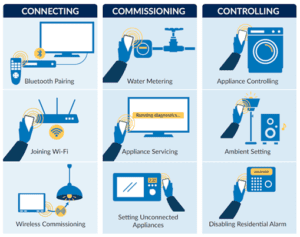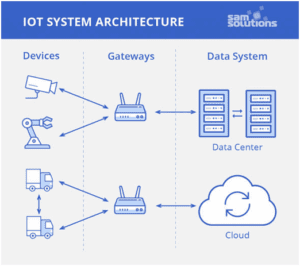The Internet of Things, abbreviated as IoT is a massive wireless network that connects inanimate objects to a virtual platform to essentially bring these objects “to life”. This bold concept is used in an abundance of digital appliances, electronic devices, machines and even animals or humans, mostly with the use of a sensor containing unique identifiers. IoT integrates several technologies incorporated to serve one purpose- cloud access.
IoT is a smart amalgam of multiple networking protocols and standard communication technologies. Each such protocol plays a distinct role in enabling specific functionality that IoT depends on. This also makes IoT very different from other uniform networks that we commonly come across. Remembering that the goal of IoT is to eliminate manual operation, here is a list of emerging technologies used harvest wireless programming: –
1. Wi-Fi-Direct: Allowing P2P (peer-to-peer) communication, Wi-Fi Direct eradicates the need for a local access point. In layman’s terms, it is similar to regular Wi-Fi and its speed but with less latency. This technology removes certain elements of a network that slows the output speed down. It also allows the IoT device to stay connected with the controlling platform over a large range.
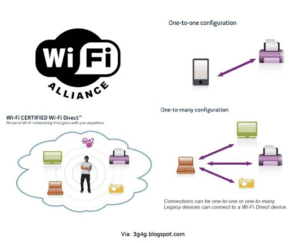
2. Radio Protocols: Three pioneers of radio protocols used in IoT include Z-Wave, ZigBee and Thread. They create low-rate networks over private areas. In contrast to the misconception that radio protocols are low-power items, they offer high output over defined areas likes homes, workplaces, hospitals, stadiums etc. If you are using a local device, radio protocols are ideal to reduce power consumption while enjoying high throughput.
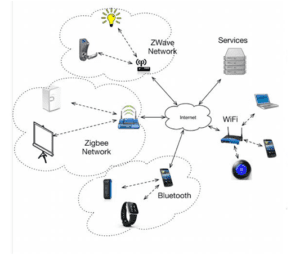
3. Low-Energy Bluetooth: Supporting low power consumption, Bluetooth is a standard technology instrumental in allowing long-term usage of IoT devices exploiting native support over a number of access systems.

4. NFC: Near-field Technology features communication protocols needed by electronic devices, typically a smartphone though other day-to-day items like switchboards also make use of NFC. It is quite a versatile access token and identifier which requires low energy and offers simple interactions.

5. RFID: Radio-frequency Identification is similar to NFC, used to identify or track sensors associated with mundane objects. RFID employs dual-way radio transmitter-receivers with connection bootstrapping.
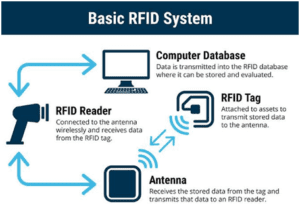
6. LTE-A: LTE Advanced is an advancement of LTE technology that offers greater coverage and reduced latency, thereby gearing output and speed. LTE-A provides mammoth power to IoT by expanding the covered range. It is mostly used in vehicles and UAV.
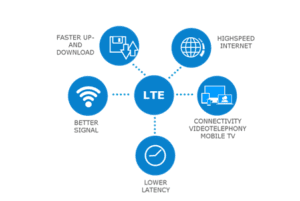
7. Low-energy Wireless (LPWANs): IoT would not be as desirable as it is, if too many power-hungry technologies are used in the system. Low-energy wireless means sensors and suchlike that reduce the run-time of appliances. They can power down during long periods of no usage while keeping a simple listening mode or motion sensor on. Not only does this reduce power consumption but also ensures good health of unattended electronics.

These embedded protocols serve a tremendously empowering purpose with their wide application in enabling easy and convenient home automation. Automation solutions featuring Wi-Fi or GPRS based sensors are compelling, easy-to-use technologies that reduce human intervention, save power and shape advanced, smooth-sailing lives.
